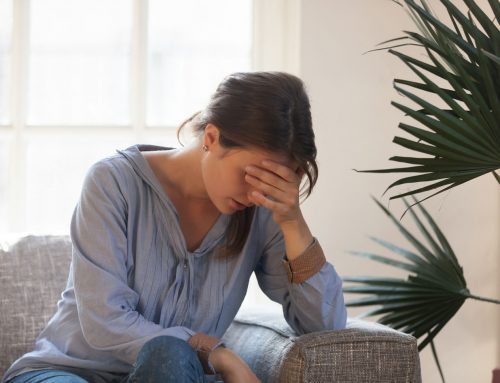Ovarian stimulation is a crucial assisted reproductive technique in the in vitro fertilisation (IVF) process, which helps couples with fertility problems to conceive a child.
In ovarian stimulation, we administer medication whose purpose is to increase the production of eggs available for the retrieval phase in the woman’s ovaries, thereby increasing the chances of pregnncy.
What does ovarian stimulation for IVF and AI consist of?
In order to carry out ovarian stimulation in all assisted reproduction treatments, we need to turn to different medications that stimulate the growth of the follicles and the maturation of the oocytes. This medication, in most cases, is self-administered, enabling the patient to go about her life as “normally” as possible.
As a general rule, the duration of the ovarian stimulation process in an assisted reproduction treatment is between ten and fifteen days. During this time, Eugin’s patients are always supported by a follow-up team that guides and helps them with any doubts related to the treatment.
After your first visit, our physician will give you a written and detailed protocol with all the instructions on how an ovarian stimulation treatment works. During your stimulation cycle, you will be in frequent telephone contact with the coordination team.
Before starting the treatment, your medical and administrative file must be fully completed and we advise you to have all the medicines that we have prescribed for you at home so as not to have any difficulties during your stimulation.
What are the phases of ovarian stimulation and how many days does it last?
There are four phases to ovarian stimulation:
- Ovarian suppression: before starting the stimulation treatment, it is common to administer drugs to suppress the ovaries’ normal activity. What is this for? By doing so, we ensure a more precise control of the stimulation process, thus avoiding premature ovulation.
- Hormonal stimulation: we then administer hormones, such as FSH (follicle-stimulating hormone, responsible for promoting the growth of follicles containing eggs in the ovaries) or LH (luteinising hormone, responsible for triggering ovulation).
- Monitoring of stimulation: during the ovarian stimulation process, we closely monitor the woman, performing ultrasound scans and blood tests that allow us to know at all times how the follicles are growing in the ovaries and what the woman’s hormone levels are. This allows us to adjust the hormone dose, tailoring the treatment depending on each patient’s response.
- Ovulation triggering: once the follicles have reached the appropriate size, we administer an injection of HCG hormone (human chorionic gonadotropin), which has the effect of inducing the final maturation of the eggs within the follicles. This hormone is injected subcutaneously. The injections can be administered by the patient herself or assisted by her partner.
How many follicles are stimulated in an ovarian stimulation cycle?
The entire ovarian stimulation process usually lasts between eight to fourteen days, although its duration may vary depending on age, the woman’s ovarian reserve and each patient’s response.
Generally, we aim to stimulate the growth of several follicles to increase the chances of obtaining several quality eggs in the harvesting period.
The number of follicles required depends on the assisted reproduction technique: one or two in the case of artificial insemination, from 7 to 10 in the case of in vitro fertilisation.
What happens after ovarian stimulation?
After the ovarian stimulation period, the procedure would continue with the following phases:
- Follicular puncture: which is done to retrieve the eggs; it is a step performed under sedation or general anaesthesia in an operating theatre. During follicular puncture, a specialist doctor uses a needle guided by transvaginal ultrasound to aspirate the ovarian follicles and extract the eggs they contain. The follicular fluid is collected in test tubes and taken to the laboratory to be assessed.
- Laboratory and fertilisation: once the eggs have been harvested, they are examined in the laboratory, where they are fertilised with sperm.
- Afterwards, the process of embryo culture in the laboratory continues, followed by the transfer of embryos to the woman’s uterus.
Side effects of ovarian stimulation
The side effects of ovarian stimulation may vary depending on the patient, but broadly speaking we may find:
- Ovarian hyperstimulation syndrome: occasionally, the response of the ovaries to stimulation is excessive, resulting in a series of symptoms, usually mild in nature, such as pelvic pain, bloating, nausea and vomiting, and general malaise.
- Mood swings: the ups and downs of hormones have an impact on a woman’s mood and energy.
- In very rare cases, local allergies or discomfort at the injection site may occur.
In any case, if you have any doubts, do not hesitate to contact Eugin to find out more about our assisted reproduction techniques.






